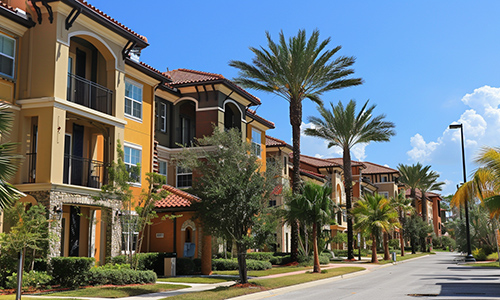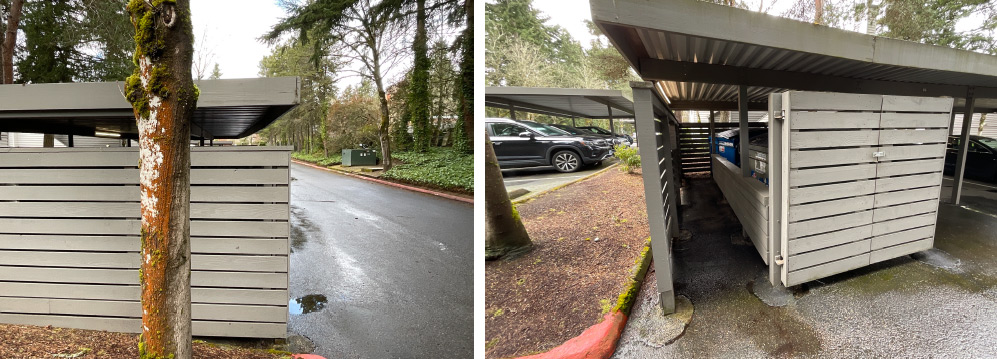
CIS and S2 Institute Launch Free ‘Proper Crime Deterrence and Safety Training’ for Compliance with Florida Statute 768.0706(2)(c)
Training Now Available On-Demand at www.HB837training.com
Clearwater, FL, September 12, 2024 — Critical Intervention Services (CIS), in partnership with the S2 Institute, proudly announces the launch of an on-demand Crime Deterrence and Safety Training program, available now at www.HB837training.com. This comprehensive training is free to the public until January 1, 2025, and is designed to help organizations comply with Florida Statute 768.0706(2)(c).
A major benefit for management companies: CIS clients who have undergone a Crime Prevention Through Environmental Design (CPTED) assessment will receive unlimited, no-cost access to this training for their employees — permanently. This unique offering ensures management companies can provide continuous safety training without incurring additional costs, enabling them to stay compliant with Florida Statute 768.0706(2)(c) and protect both current and future employees.
Starting January 1, 2025, the training will be available to non-CIS clients for a fee of $35.00 per employee.
Comprehensive Crime Prevention Training
The training program, based on the proposed curriculum developed by the Florida Crime Prevention Training Institute (Department of Legal Affairs), covers critical strategies to prevent and respond to crime. Upon completion, participants will receive a certificate of completion, providing proof of their commitment to safety and preparedness.
CIS, known for its expertise in specialized security and safety solutions, including CPTED assessments, designed this program to deliver practical crime deterrence techniques that enhance safety and awareness across multifamily environments.
Exclusive Features for Management Companies
For management companies, the training comes with enhanced benefits, including an online administrative portal for streamlined oversight. This portal allows management teams to monitor employee progress, ensuring full compliance with training requirements. Additionally, it provides on-demand access to training records, simplifying the retrieval of important documents as needed.
Through this administrative portal, management companies can enjoy complete transparency in tracking training progress, ensuring accountability and timely completion of required courses.
Enroll Today
The Crime Deterrence and Safety Training is available now at www.HB837training.com. Enrollment is open to all multifamily management companies, their employees, and the general public. Take advantage of this free offer before it expires on January 1, 2025.















